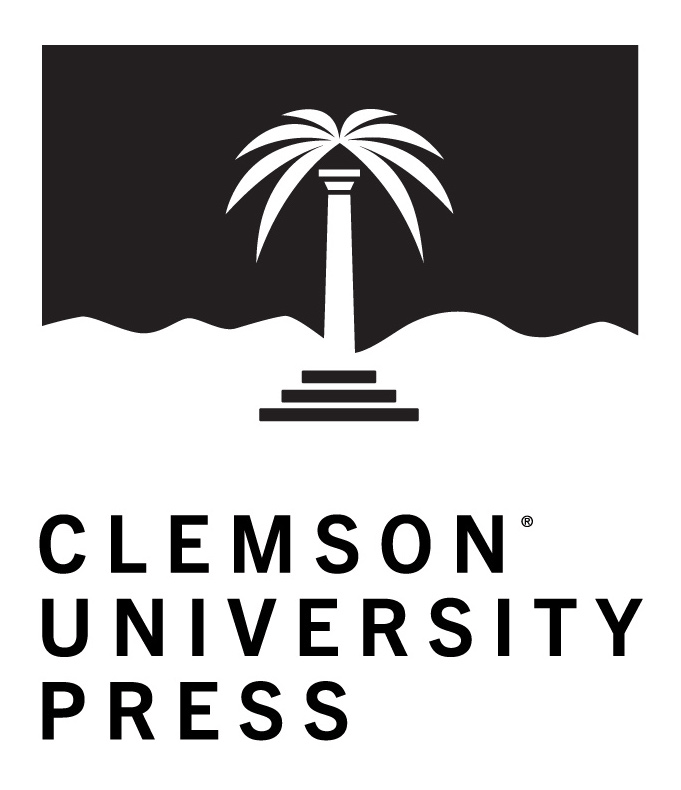Final Manuscript Preparation Guidelines for Journal of South Carolina Water Resources
This page provides details on formatting and style guidelines for submittals. The JSCWR follows the Council of Science Editors (CSE) style guide. Authors are asked to follow the CSE style guide for formatting references. A CSE one-page guide to formatting the most common sources is available. Final copyediting and typesetting services will be provided for the accepted articles.
Basic templates are available for Full Research Articles and Short Communications.
Text
Please use line numbering and 10.5-point font size, Times New Roman font style. No specific margin measurements are required but authors are encouraged to use only one column for the body of their text and double-space the lines.
Organization for Full Research Articles
Section headings (major, minor, and sub headings) are used appropriately to organize the text and make it "reader friendly".
Abstract: Short abstract (450 words or less) summarizes the article’s purpose, conclusions and main contribution to water management.
Most (but not all) articles will include the following major headings.
Introduction: The Introduction does the following:
1. states the article’s purpose and intended contribution,
2. points out its importance, relevance and usefulness for water resources management in South Carolina, and
3. explains who needs this information and why.
Background and Related Work: Sufficient background information about the topic is given. The key issues or questions are pointed out. Related work is mentioned. Current knowledge about the issue is briefly summarized or referenced. Hypotheses, alternatives or approaches considered by others are mentioned.
Project Objectives / Goal
Methods: The research/study methods and analysis procedure are briefly but adequately described. Common methods are just referenced.
Results: Data and conclusions are presented clearly. Reasons for reaching these conclusions are given.
Discussion: Implications of the conclusions are discussed. (Could consider the implications regarding administration, management, economic impact, financing, culture, law, education, quality of life, ethics, etc) sustainability, new technology, etc.)
Recommendations: (may be combined with Discussion) What should be done next and by whom?
Acknowledgments: Recognize key assistance you may have received.
References (Literature Cited):The formatting for the references in the Literature Cited list follows the CSE style guide. References are cited by author and date (Jones 1983) in the text, and they are listed alphabetically with complete information in the Literature Cited section at the end of the article.
A CSE one-page guide to formatting the most common sources is available.
Example of a Literature cited format using CSE (author year) for a journal article:
Author Last Name (no punctuation) First Name Initial(s). Article title (sentence case). Journal Name (title case). Publication year Month-1st-three-letters [accessed year first-3-letters-of-month date if found online];Volume(Issue):page numbers. URL or DOI if found online (do:).
Figures and Tables
- Figure and table captions are right justified, the figure and table number are typed in bold, and the following caption has only the first word capitalized and a period at the end.
- Figure captions are located below the figure, while table captions are located ABOVE the table.
- Please upload separate files for tables and figures when submitting your final article. Ensure you are uploading high-resolution files. Contact the Managing Staff editor at dawnw@clemson.edu if you have questions about your files.
Common Instances for Miscellaneous CSE Style Notes
- Use ONE space after a period at the end of a sentence
- Use the Oxford comma before “and” in a list within a sentence
- When using an acronym, please spell out the words followed by the acronym in parentheses for the first usage
- Please also refer to the most recent issue of the JSCWR as a reference guide





